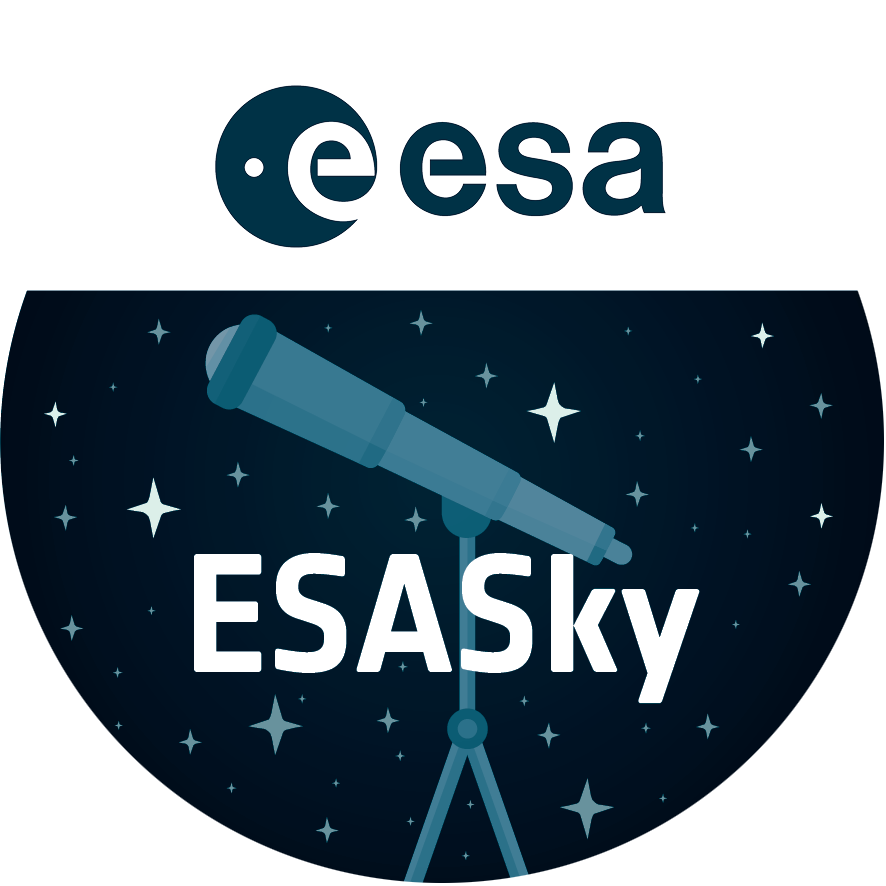Hubble's panoramic view of a star-forming region
30 Doradus is the brightest star-forming region in our galactic neighbourhood and home to the most massive stars ever seen. The nebula resides 170 000 light-years away in the Large Magellanic Cloud, a small, satellite galaxy of our Milky Way. No known star-forming region in our galaxy is as large or as prolific as 30 Doradus.
The image comprises one of the largest mosaics ever assembled from Hubble photos and includes observations taken by Hubble’s Wide Field Camera 3 and Advanced Camera for Surveys, combined with observations from the European Southern Observatory’s MPG/ESO 2.2-metre telescope which trace the location of glowing hydrogen and oxygen.
The image is being released to celebrate Hubble's 22nd anniversary.
Credit:NASA, ESA, ESO, D. Lennon and E. Sabbi (ESA/STScI), J. Anderson, S. E. de Mink, R. van der Marel, T. Sohn, and N. Walborn (STScI), N. Bastian (Excellence Cluster, Munich), L. Bedin (INAF, Padua), E. Bressert (ESO), P. Crowther (Sheffield), A. de Koter (Amsterdam), C. Evans (UKATC/STFC, Edinburgh), A. Herrero (IAC, Tenerife), N. Langer (AifA, Bonn), I. Platais (JHU) and H. Sana (Amsterdam)
About the Image
| Id: | heic1206a |
|---|---|
| Type: | Observation |
| Release date: | 17 April 2012, 15:00 |
| Related releases: | heic1206 |
| Size: | 20323 x 16259 px |
About the Object
| Name: | 30 Doradus, Tarantula Nebula |
|---|---|
| Type: | Local Universe : Star : Grouping : Cluster : Open Local Universe : Nebula : Type : Star Formation |
| Distance: | 170000 light years |
| Constellation: | Dorado |
| Category: | Anniversary Nebulae Star Clusters |
Image Formats
Classic Wallpapers
Coordinates
| Position (RA): | 5 38 17.08 |
|---|---|
| Position (Dec): | -69° 7' 33.23" |
| Field of view: | 13.41 x 10.73 arcminutes |
| Orientation: | North is 35.0° left of vertical |
Colours & filters
| Band | Wavelength | Telescope |
|---|---|---|
| Optical OIII | 501 nm |
MPG/ESO 2.2-metre telescope
WFI |
| Optical H-alpha | 656 nm |
MPG/ESO 2.2-metre telescope
WFI |
| Infrared I | 775 nm |
Hubble Space Telescope
WFC3 |
| Infrared I | 775 nm |
Hubble Space Telescope
ACS |


